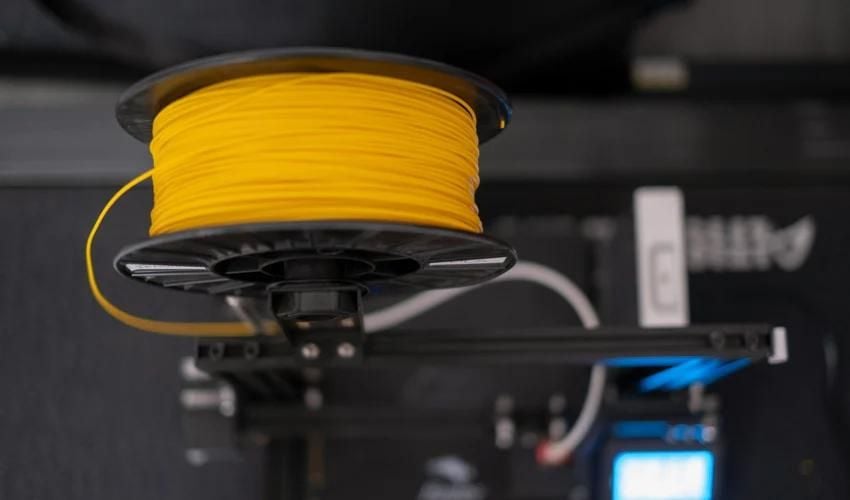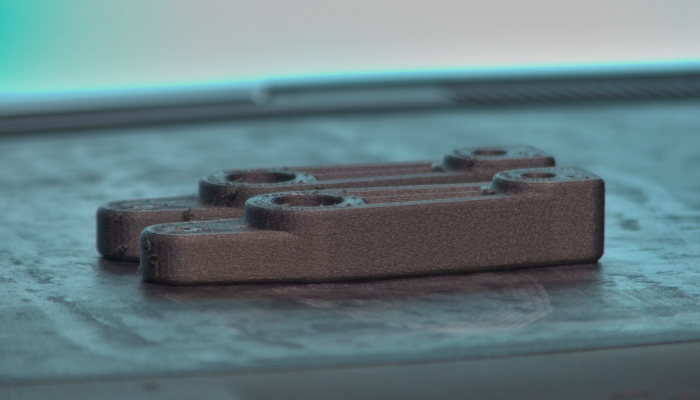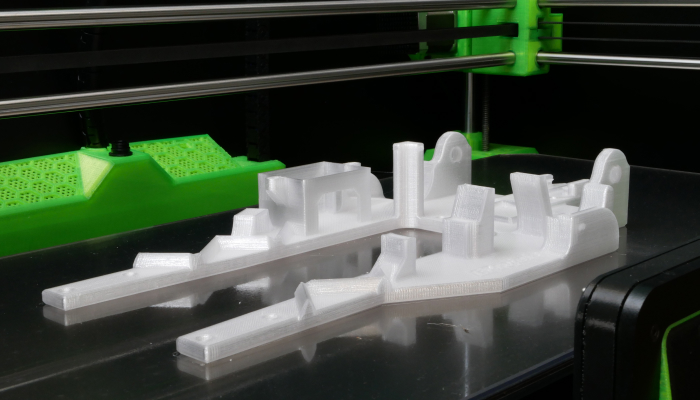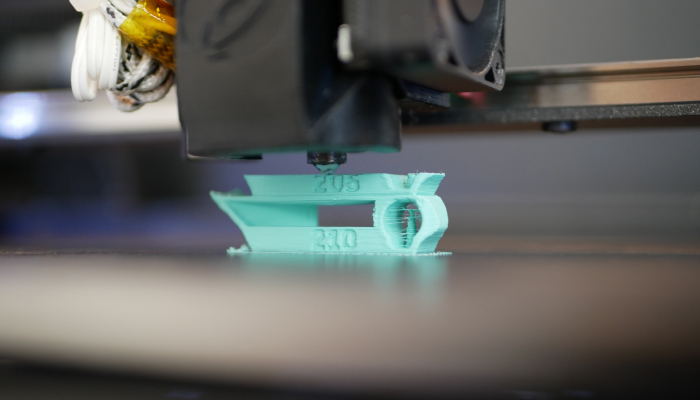How To Choose the Right 3D Printing Filament for Your Project

Once you’ve chosen your first 3D printer, it’s time to tackle another crucial choice: the printing material. Whether you use an FDM printer or a resin printer, the material you use is the key element that will determine the quality and characteristics of your prints. In this guide, we’ll focus on FDM 3D printing materials, exploring the different types of filament available on the market and helping you choose the one that best suits your needs.
Understanding the Different Types of 3D Printing Filament
Before diving into the selection process, it’s important to understand the different filament options available.
PLA (Polyactic Acid): Widely regarded as one of the most popular choices for 3D printing enthusiasts, PLA stands out for its eco-friendly composition derived from renewable sources like corn starch and sugar cane. This sustainable nature not only reduces environmental impact but also enhances its appeal. Renowned for its ease of use, PLA boasts a low extrusion temperature and minimal warping during printing, making it an ideal choice for beginners.
ABS (Acrylonitrile Butadiene Styrene): ABS is another commonly used filament, valued for its strength and impact resistance. It has a higher extrusion temperature than PLA and often requires the use of a heated enclosure to avoid warping.
ASA (Acrylonitrile Styrene Acrylate): Similar to ABS, but more resistant to UV and chemicals.
PETG (Glycolized Polyethylene Terephthalate): PETG combines the best features of PLA and ABS, and is durable, yet easy to print. With solid inter-layer adhesion and impressive impact resistance, PETG stands out for its transparency, making it a go-to choice for projects requiring a clear finish.”
TPU (Thermoplastic Polyurethane): TPU is a flexible filament, ideal for prints requiring a certain degree of elasticity. It is often used for wear parts, gaskets and protective coatings.
Nylon: Nylon is renowned for its strength and durability. It is used in applications requiring high resistance to wear and abrasion, such as gears, bearings and functional parts.
Composite filaments: A combination of PLA or ABS with other materials such as wood, metal or carbon fiber for unique properties.
High-performance filaments: PEEK, PEKK, PEI, etc., which offers extreme strength and operating temperature for demanding industrial applications.
Before choosing your filament, it’s important to understand that not all 3D printers are compatible with all materials. Be sure to check your printer’s specifications (maximum extrusion temperature, maximum platen temperature, closed enclosure, heated enclosure, reinforced nozzle) before making your purchase.
Storage and Drying of Hygroscopic Filaments
Certain 3D printing filaments, including TPU, Nylon, and PETG, are particularly susceptible to moisture. It is recommended to store them in a dry environment and shield them from humidity using airtight containers or vacuum-sealed bags with silica gel sachets. However, if your filaments absorb too much moisture, you can dry them in a dehumidifier or low-temperature oven to restore their printing properties.
Abrasive Filaments and Reinforced Nozzles

PA-CF (carbon-fiber-reinforced nylon) parts are strong, durable and rigid
Some filaments, such as those containing metal particles or carbon fibers, can be abrasive and damage your 3D printer’s nozzle. We therefore recommend the use of reinforced nozzles in hardened steel, nickel-coated brass, or with a reinforced ruby or diamond tip to extend the life of your printer.
Choosing the Right 3D Printing Filament for Your Project
Now that you have an idea of the different types of filament available, here are some tips for choosing the right one for your project:
- Consider the application: Think about the end use of your part. If you need a tough, durable part, ABS or PETG might be good choices. For parts requiring flexibility, TPU is ideal.
- Consider physical properties: Certain physical properties of the filament, such as heat resistance, chemical resistance, and transparency, can be crucial depending on your application. Make sure you choose a filament that meets your project’s specific requirements.
- Evaluate ease of printing: If you’re a beginner, opt for an easy-to-print filament like PLA. Additionally, be sure to check that your printer is compatible with the filament you’ve chosen.
- Price and availability: Although price isn’t the only factor to consider, it’s important to keep your budget in mind. Some filaments can be more expensive than others, so make sure you choose the one you can afford.
- Your printer’s capabilities: Verify your printer is compatible with the type of filament you choose.

PETG is naturally transparent, but is available in a variety of colors.
Brand and Supplier Recommendations
To find the best 3D printing filament for your printer, it’s often advisable to use the same brand of filament as your printer. In addition, you can turn to reputable specialist brands such as Polymaker, KIMYA and Nanovia, as well as well-known petrochemists like BASF. These brands are renowned for the quality of their filaments and offer a wide range of materials to meet your printing needs.

Be sure to print test and calibrate parts to ensure optimum printing results.
By following these tips and doing some thorough research, you’ll be able to choose the perfect filament for your 3D printing project. Don’t forget to consult your printer’s specifications and run print tests to ensure filament compatibility. Don’t hesitate to experiment with different filaments to find the one that suits you best.
What do you think about this guide to choosing the best 3D printing filament? Let us know in a comment below or on our LinkedIn, Facebook, and Twitter pages! Don’t forget to sign up for our free weekly newsletter here for the latest 3D printing news straight to your inbox! You can also find all our videos on our YouTube channel.






